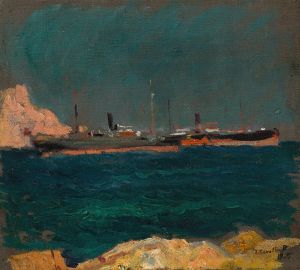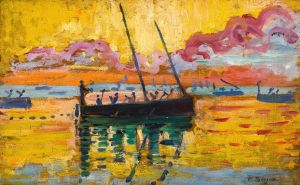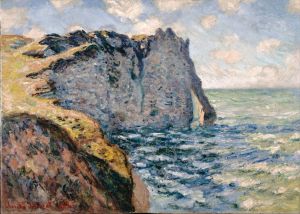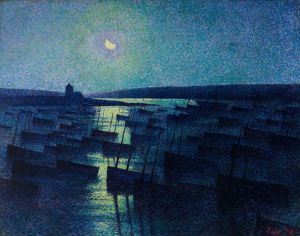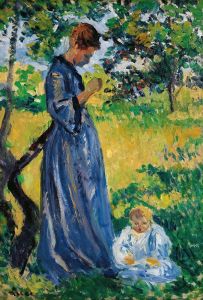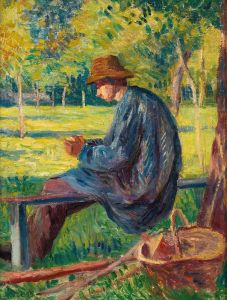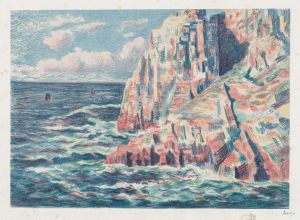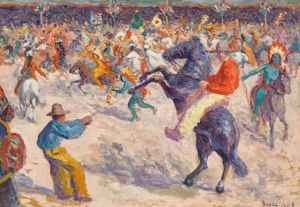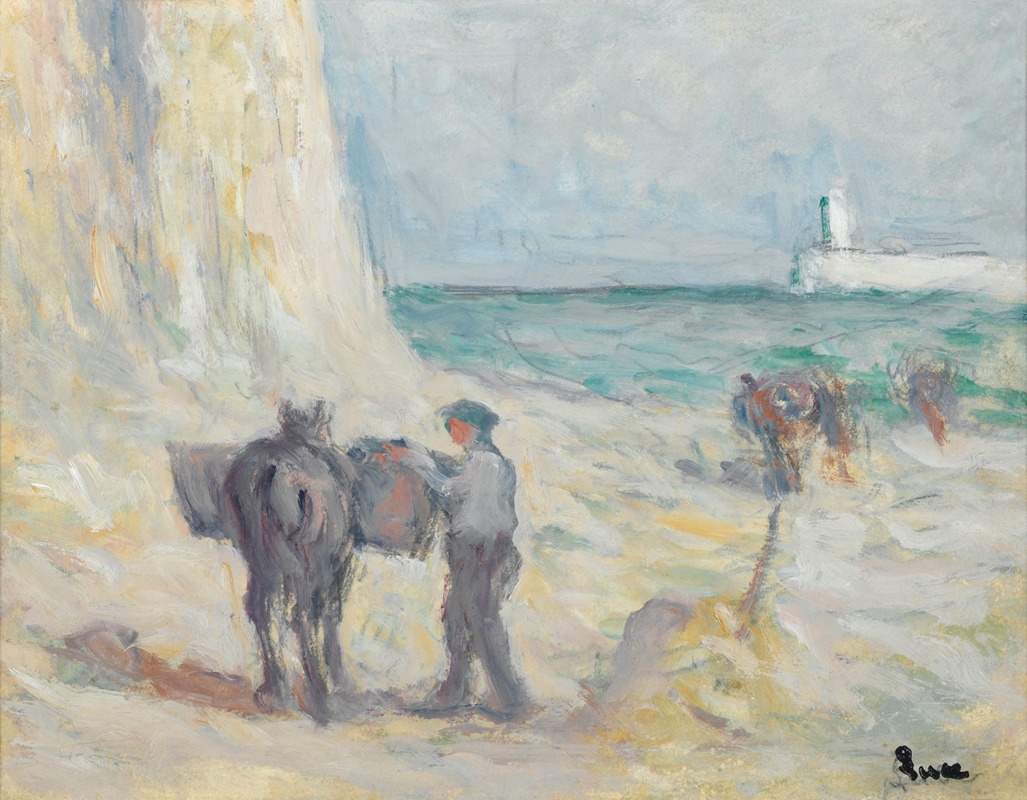
Le Tréport, le Ramassaage du Varech
A hand-painted replica of Maximilien Luce’s masterpiece Le Tréport, le Ramassaage du Varech, meticulously crafted by professional artists to capture the true essence of the original. Each piece is created with museum-quality canvas and rare mineral pigments, carefully painted by experienced artists with delicate brushstrokes and rich, layered colors to perfectly recreate the texture of the original artwork. Unlike machine-printed reproductions, this hand-painted version brings the painting to life, infused with the artist’s emotions and skill in every stroke. Whether for personal collection or home decoration, it instantly elevates the artistic atmosphere of any space.
Maximilien Luce was a prominent French Neo-Impressionist painter known for his vibrant depictions of everyday life and landscapes. One of his notable works is "Le Tréport, le Ramassage du Varech," which translates to "Le Tréport, Seaweed Gathering." This painting captures a scene in the coastal town of Le Tréport, located in the Normandy region of France. The town is known for its picturesque cliffs and bustling port, making it a popular subject for artists during the late 19th and early 20th centuries.
Luce was associated with the Neo-Impressionist movement, which was characterized by its use of pointillism—a technique involving the application of small, distinct dots of color to form an image. This method was developed by Georges Seurat and Paul Signac, and Luce adopted it to create luminous and dynamic compositions. In "Le Tréport, le Ramassage du Varech," Luce employs this technique to depict the activity of seaweed gathering, a common practice in coastal communities where seaweed was used for various purposes, including agriculture and industry.
The painting illustrates a group of figures engaged in the collection of seaweed along the shore. Luce's use of color and light is evident in the way he captures the natural environment, with the shimmering water and the varied hues of the seaweed creating a vivid scene. The figures are depicted in motion, emphasizing the labor-intensive nature of their work. The composition reflects Luce's interest in portraying the lives of ordinary people and their interactions with the natural world.
Maximilien Luce was deeply influenced by the social and political climate of his time. He was an anarchist and often depicted the working class in his art, highlighting their struggles and resilience. "Le Tréport, le Ramassage du Varech" can be seen as part of this broader thematic focus, as it presents a slice of life from a working-class perspective. The painting not only captures the physical labor involved in seaweed gathering but also conveys a sense of community and cooperation among the figures.
Luce's work is characterized by its attention to detail and his ability to convey atmosphere and mood through color and composition. In "Le Tréport, le Ramassage du Varech," he effectively uses the Neo-Impressionist technique to create a harmonious balance between the figures and their environment. The painting is a testament to Luce's skill in capturing the essence of a moment and his commitment to depicting the realities of everyday life.
Today, Maximilien Luce's paintings are celebrated for their contribution to the Neo-Impressionist movement and their insightful portrayal of contemporary society. "Le Tréport, le Ramassage du Varech" remains an important work within his oeuvre, exemplifying his artistic style and thematic concerns. The painting is appreciated not only for its aesthetic qualities but also for its historical significance in documenting the cultural practices of coastal communities in France during the late 19th century.





